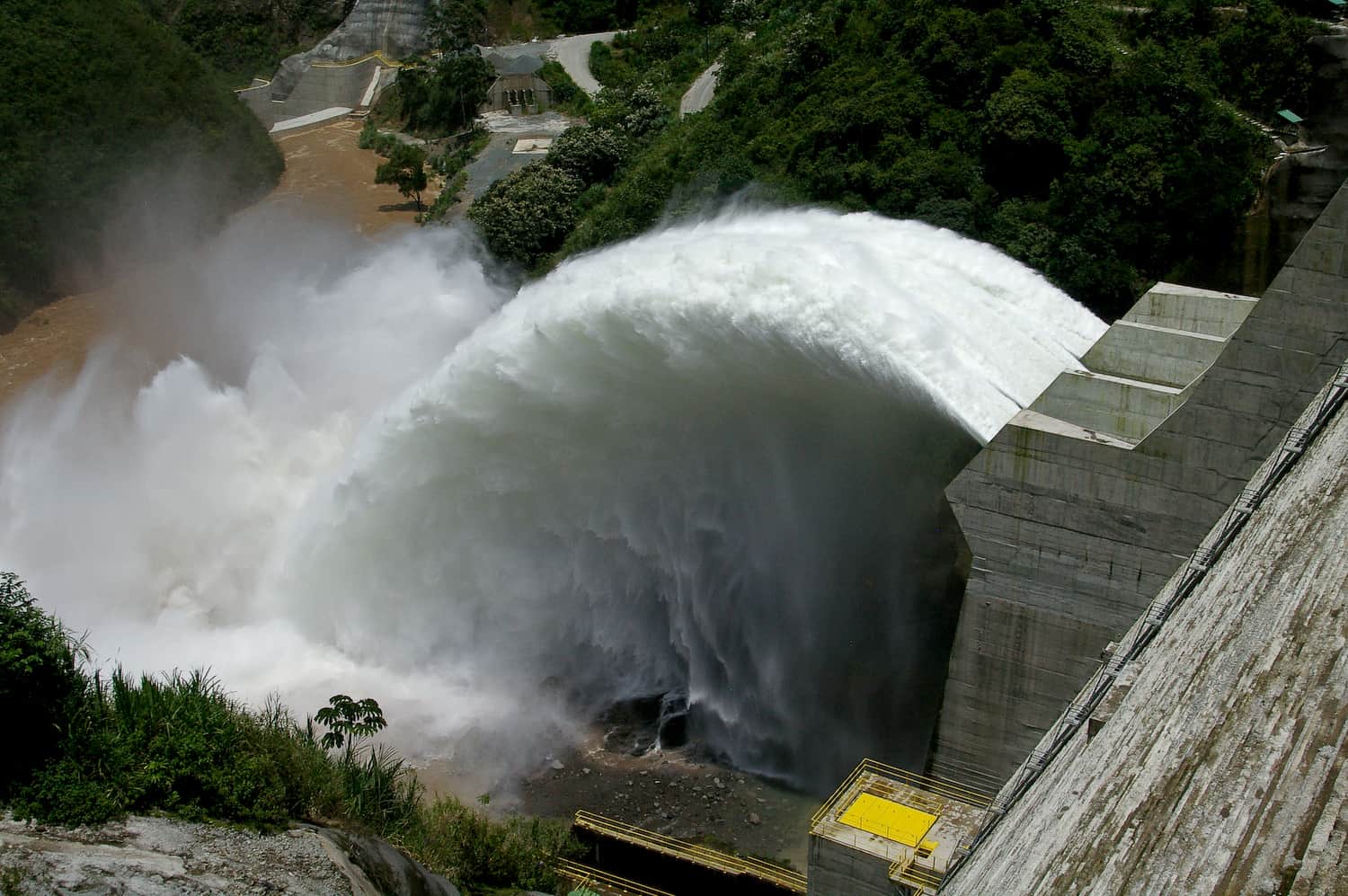The El Niño weather phenomenon began to reduce hydroelectric power generation in Central American countries, the Regional Operator Entity (EOR), based in San Salvador, said on Wednesday.
The region’s Electricity Market has “as a common condition” that El Niño affects its “operation” due to the low rainwater flows that reach the “storage reservoirs”, said the director of the EOR, Nicaraguan René González.
In view of the low rainfall, according to Gonzalez, the countries set off “alarms” and some anticipated with initiatives to “supply the total demand” internally by means of purchases in the regional market.
Since the beginning of May, “Nicaragua, Costa Rica and Panama have taken measures to purchase energy” in order to “save hydroelectric energy for times of greater demand in the future”, he explained.
This decision “increased the demand for energy” at regional level and also “increased” the price paid “to protect its security” and provide service without interruptions.
Honduras is the country most affected in the isthmus by the lack of electricity. Its state-owned Empresa Nacional de Energía Eléctrica has a schedule of service cuts.
On Saturday the president of Honduras, Xiomara Castro, acknowledged the serious situation of electricity supply in her country, where businessmen anticipate a drop in GDP due to this cause.
“We know that we are facing (a) serious energy rationing due to low water levels in dams and unavailability of thermal plants,” Castro lamented.
Businessmen on the northern coast of Honduras, the most industrially developed, say they have outages of up to eight hours a day.
In 2022, with “normal hydrology”, there was delivery of 3,108 gigawatts/hour, but by 2023 with El Niño it drops to 2,797 gigawatts/hour, a regional reduction of 10%.
In 2013, with an investment of almost US$500 million, the Electric Interconnection System of Central American Countries (SIEPAC) was completed, which includes 1,793 km of transmission lines from Guatemala to Panama.
At the beginning of May, the countries that injected the most electricity into the system were El Salvador with 132,473 megawatts/hour (MWh), Guatemala 56,904 and Panama 15,066. Honduras has injected 3,227 MWh since May 15.
As the El Niño crisis progresses, Guatemala bought 22,884 MWh in May, El Salvador 41,621, Honduras 9,569, Nicaragua 48,808, Costa Rica 51,155 and Panama 23,571.
El Niño is a phenomenon associated with increased temperatures, increased drought in certain parts of the world and heavy rains in others.
It last occurred in 2018-2019 and gave way to a particularly long episode of almost three years of La Niña, which causes opposite effects and in particular a drop in temperatures.






